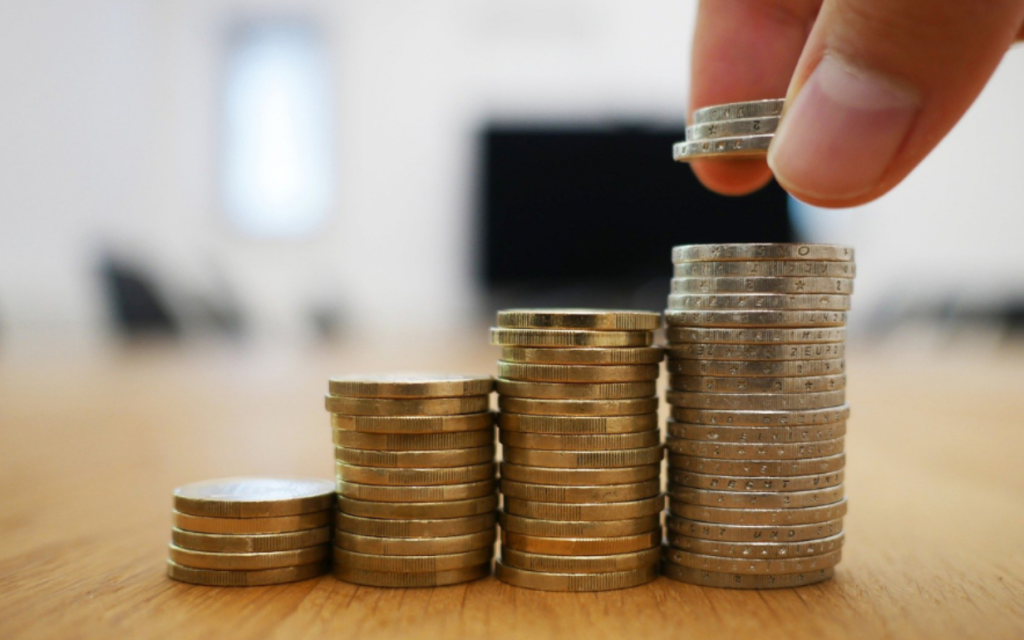What passive income brings in 2025 is a question that concerns not only investors but also anyone who wants to free up their time without sacrificing financial stability. The investment world has changed: simple schemes are gone, replaced by thoughtful instruments that combine profitability, protection, and predictability. This article is about how to choose a working approach and build a portfolio that truly generates passive income.
Investing with a Foundation
What brings passive income steadily even in times of volatility and inflation? Residential and commercial real estate, especially in developing clusters such as Asia, Eastern Europe, and Latin America. Rental rates grow along with the market, with investment returns reaching 7–11% annually in hard currency.

Income-generating houses with micro-apartments are gaining particular popularity, where automated management minimizes the investor’s involvement. In Russia, for example, apartment complexes in regions with a population of over 300,000 people break even within 7 years.
Funds and Dividends: Strategies
Exchange-traded funds (ETFs) and dividend stocks are the core of portfolios for those seeking to understand where to invest for passive income without the need for weekly analysis.
The Vanguard High Dividend Yield ETF yielded 3.78% annually in 2024 with moderate volatility. Such funds realize profits quarterly, providing access to a stable cash flow. American giants like Johnson & Johnson, Coca-Cola, and Chevron are most commonly used in portfolios. These assets remain attractive even during fiat currency fluctuations.
Deposits: Simple Profit without Risk
Low interest rates make banking products less attractive. However, what brings passive income in the short term is a deposit in a bank with flexible rates and capitalization. In 2025, major Russian banks offer up to 12.5% annually for deposits starting from 1 million rubles with the option to add funds.
It is ideal when there is a need to “park” capital without risk, for example, before purchasing an asset or during a stock market correction.
Bond Market
Government bonds and corporate securities form the core of such profits for those not chasing hype. The reliability of such investments increases in conditions of a decrease in the key rate.
The yield of OFZs in 2025 ranges from 9 to 11.4% annually. AA- rated corporate bonds offer higher returns, up to 13.2%, but require increased attention to the issuer. What brings passive income in this segment are regular payments and a known schedule of receipts, especially valuable for pension planning.
Cryptocurrency and Staking
The high volatility of cryptocurrencies requires composure, but staking, especially through licensed centralized platforms, allows earning up to 16% annually in crypto or stablecoins. This is a high-risk but profitable option.
Binance, ByBit, Lido Finance offer various forms of passive income on digital assets. For example, staking Ethereum for 12 months yielded 4.9% at a stable rate. The choice should consider hacking risks, token drops, and lack of guarantees.
How to Protect Income from Risks
By forming a diversified portfolio, an investor minimizes losses during market fluctuations. What brings constant passive income is sound risk management.
Examples:
- Stocks — no more than 40% of the portfolio.
- Real estate — 25%.
- Debt instruments — 20%.
- Cryptocurrency — no more than 10%.
- Deposits and fiat — remaining for liquidity.
Continuous monitoring, structure adjustments, analysis of issuer dividend policies, and macroeconomic conditions ensure stable earnings even during global shifts.
What brings passive income in 2025: 7 Ideas
The financial landscape has become multi-layered, but tools for sustainable profits remain accessible. A smart choice of assets allows for profit without getting involved in daily market fluctuations.
What brings passive income with varying degrees of risk and return:
- Rental real estate in growing population regions (from 7% in currency).
- ETFs focusing on dividends (3–5%).
- Top-tier corporate bonds (up to 13.2%).
- Deposits with interest capitalization (up to 12.5%).
- Crypto staking on centralized platforms (5–16%).
- Real Estate Investment Trusts (REITs) with quarterly payouts.
- P2P lending platforms with automated management (up to 18%, but with high risks).
The variety of tools allows for precise selection of solutions based on goals, horizon, and financial temperament. Asset allocation within the portfolio significantly impacts final stability more than choosing a single “perfect” instrument.
Strategic Passive Income Model
Regular investments in dividend securities, a balance between classic and alternative assets, choosing licensed platforms with transparent reporting form a sustainable profit model.
Each new asset is not just “where to invest money,” but a brick in a structure capable of withstanding inflation, market swings, and technological shifts. Proper capital management allows building a profit that works even during economic downturns.
How to Choose an Instrument without Errors
Income requires not just investments but precise calculation. Mistakes in asset selection cost more than volatility or inflation. In 2025, the market is overloaded with offers, and what brings passive income depends not only on the type of instrument but also on entry conditions, currency, liquidity, and tax burden.
The selection strategy should consider:
- Net yield after tax deductions;
- Asset denomination currency and potential exchange rate fluctuations;
- Level of regulatory protection (broker license, deposit insurance, jurisdiction);
- Degree of profit automation — from dividends to rental cash flow;
- Correlation of the instrument with other portfolio assets.
An instrument generating income without involvement is valuable only with controlled risk. For example, crypto assets with returns above 12% annually may seem attractive but require diversification and limits in the portfolio. In contrast, bonds with fixed coupons provide predictability even with rate decreases.

Passive income always depends on the balance between the desire to earn and the ability to protect capital.
So, What Does Passive Income Bring?
Of course, specific actions: choosing an instrument, risk assessment, adhering to financial discipline. Money works if you establish a clear system. In 2025, each asset requires attention, but the returns justify the efforts. Profit without daily hustle is possible — with precision, calculation, and a sensible approach to finances.








 Investing in bonds is one of the most reliable ways to generate passive income. Bonds can be government bonds or corporate bonds. Government bonds carry little risk, as they are issued by the government and the yield fluctuates between 10 and 12 percent annually.
Investing in bonds is one of the most reliable ways to generate passive income. Bonds can be government bonds or corporate bonds. Government bonds carry little risk, as they are issued by the government and the yield fluctuates between 10 and 12 percent annually. Given the economic instability, passive income has become one of the best strategies for achieving financial freedom in Russia. Whether you invest in bonds, real estate, stocks, or more modern instruments such as crowdfunding, it is important to approach the topic thoughtfully and carefully weigh all the risks and benefits. This is not just a way to make money, but a path to freedom and stability. In 2024-2025, you can use various sources of income to create a solid financial foundation for the future.
Given the economic instability, passive income has become one of the best strategies for achieving financial freedom in Russia. Whether you invest in bonds, real estate, stocks, or more modern instruments such as crowdfunding, it is important to approach the topic thoughtfully and carefully weigh all the risks and benefits. This is not just a way to make money, but a path to freedom and stability. In 2024-2025, you can use various sources of income to create a solid financial foundation for the future.